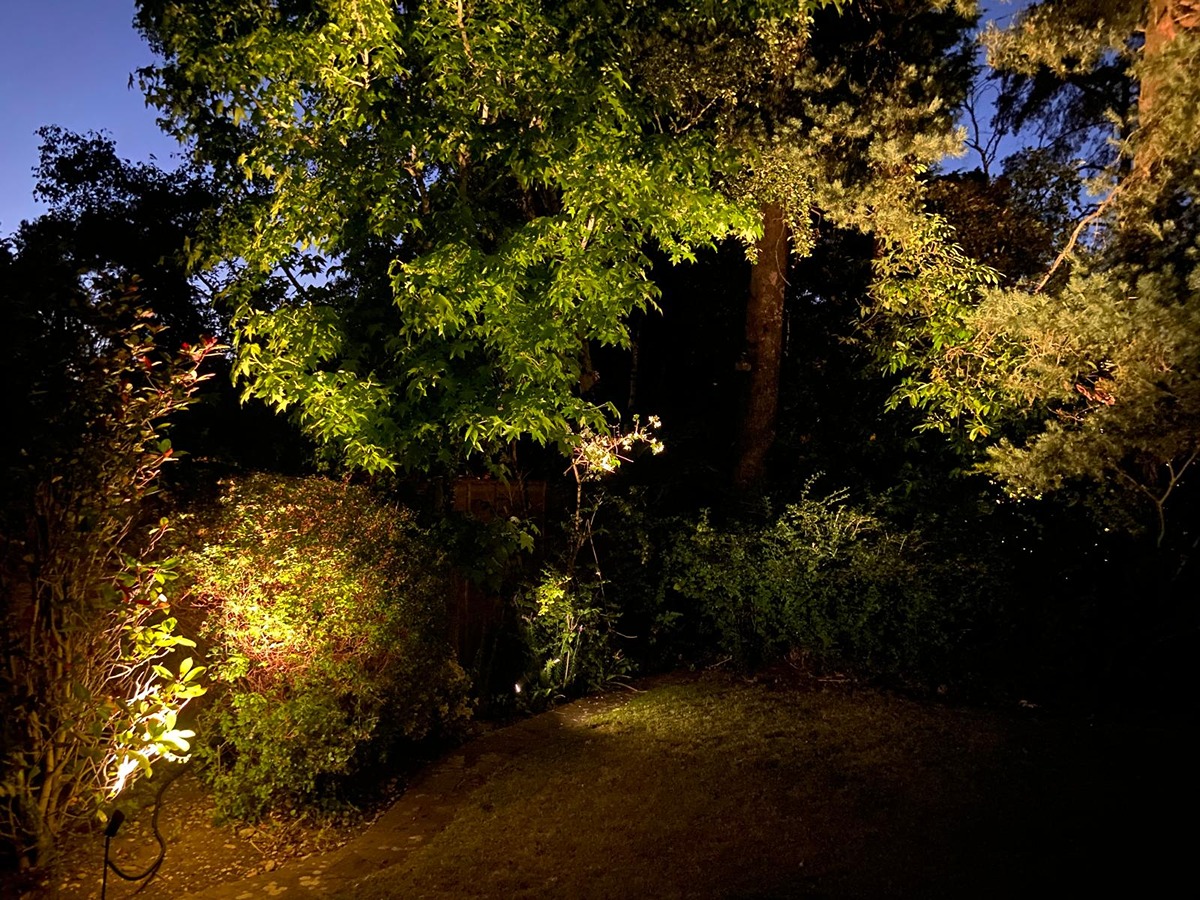Discover the benefits of upgrading to LED lighting. LEDs offer energy efficiency, reducing your electricity bills while providing brighter and safer illumination.
Understanding LED Lighting: What Makes It Different?
LEDs produce light through a process called electroluminescence. When an electric current passes through the semiconductor technology, electrons move across the layers and release photons, creating light. Electroluminescence converts energy into light with minimal heat.
One major difference between LEDs and incandescent bulbs is energy efficiency. LEDs use less energy than incandescent bulbs, nor do LEDs contain harmful substances like mercury, as fluorescent bulbs do. LEDs also last longer than incandescent or fluorescent lights, making them ideal for homes, offices, outdoor spaces, and more.
LEDs also provide better brightness and colour temperature control; giving users a wider range of customisation options. Unlike traditional bulbs, LEDs reach their full brightness instantly and are highly compatible with dimming systems. Overall, LED lighting stands out as a cost-effective, environmentally friendly, and versatile choice.

Energy Efficiency: Save on Your Electricity Bills
LEDs convert a high percentage of the energy they consume into light, whereas incandescent bulbs only convert a small amount of energy into light; the rest is converted into heat.
This efficiency means LEDs use significantly less electricity to produce the same amount of light as an incandescent bulb.
Since LEDs use less energy, fewer greenhouse gas emissions from power plants are used, contributing to a cleaner and more sustainable environment. Additionally, LEDs are also safer due to their lower heat output, minimising the risk of burns or fires.
Compared to incandescent lights, LEDs are more efficient, safer and more environmentally friendly, making LEDs a better choice for sustainable lighting.
Reduced Heat Emission and Safer Use
LED lighting outputs significantly less heat, making it safer and more practical for a variety of settings. Traditional incandescent bulbs convert a large portion of energy into heat and become too hot to touch.
In comparison, LEDs are designed to emit minimal heat and convert most of their energy into light rather than wasting it as heat. This efficiency makes them safer and more energy-efficient, as LEDs reduce your electricity consumption.
The low heat output of LEDs makes them ideal for homes, offices, and confined spaces. LEDs are also safer to use around children and pets, as the risk of accidental burns from touching the bulbs is significantly reduced. LEDs are also ideal for heat-sensitive environments such as museums and art galleries, as excessive heat can damage delicate items.
LEDs are also highly resistant and operate at cooler temperatures, reducing the risk of electrical issues or fires. Their safety benefits, combined with their long lifespan and energy efficiency, make LED lighting a better choice for both homes and commercial spaces.

Environmentally Friendly Lighting Solutions
LEDs use less energy than incandescent and fluorescent bulbs and convert most of their electricity into light rather than heat. This lower energy consumption reduces the demand for power plants and decreases greenhouse gas emissions.
Another environmentally friendly feature of LEDs is their long lifespan. LED bulbs last far longer than incandescent and fluorescent lighting - meaning fewer bulbs need to be manufactured, transported, and disposed of. This reduces waste in landfills and the carbon footprint associated with the production of LED lighting.
Unlike fluorescent lights, LEDs don't contain toxic substances like mercury, which can harm the environment - making LED lighting safer and easier to recycle.
LED lighting is becoming increasingly more popular among homeowners and businesses. If you're looking for high-quality, efficient LEDs, contact Redwood Electrical Services today!
LED lighting Installers Guildford






